Comparing AirFuel Alliance and WPC: The Future of Wireless Charging
Examine the key differences between AirFuel Alliance and WPC in terms of wireless charging technology. Understand how these standards are shaping the future of charging solutions for mobile devices and beyond.
Comparing AirFuel Alliance and WPC: The Future of Wireless Charging
Introduction
The quest for seamless technology has led us to explore new ways of charging our devices without the need for wires. Two major players in this field are the AirFuel Alliance and the Wireless Power Consortium (WPC), which have developed distinct standards for wireless charging. This article delves into the technical specifications and capabilities of both standards, comparing their approaches to standardization, power transfer methods, distance range, and device support. We will also evaluate the potential for collaboration or continued competition between these two alliances.
Technical Specifications and Capabilities
AirFuel Alliance focuses on resonant and radio frequency (RF) technologies, offering a wide range of power delivery options from milliwatts to kilowatts. Their system supports multiple coils and can charge devices at various distances, making it ideal for public spaces such as cafes, airports, and car parks. On the other hand, the WPC’s Qi standard primarily uses inductive coupling, supporting up to 15W of power at a relatively short distance, typically within 5mm.
Both organizations aim to make wireless charging ubiquitous and convenient, but they take different paths to achieve this goal. The AirFuel Alliance’s approach allows for more flexibility in terms of power delivery and distance, whereas the WPC’s Qi standard provides a simpler, more straightforward solution that is widely adopted across the industry.
Approaches to Standardization
The AirFuel Alliance and WPC have taken different approaches to standardization, each with its own set of advantages and limitations. The AirFuel Alliance emphasizes interoperability, enabling devices from different manufacturers to work seamlessly together. This is particularly useful in public spaces where multiple devices from various brands might be present. The WPC, however, has focused on creating a simple and reliable standard that is easy for manufacturers to implement, leading to widespread adoption of the Qi standard in smartphones and other consumer electronics.
In terms of power transfer methods, the AirFuel Alliance supports both resonant and RF technologies, while the WPC’s Qi standard relies solely on inductive coupling. Resonant technology allows for higher efficiency over longer distances, whereas inductive coupling is more efficient at shorter distances. RF technology, on the other hand, enables wireless charging even when the transmitter and receiver are not aligned perfectly, making it suitable for applications like wearables and IoT devices.
Evaluation of Collaboration or Competition
Given the complementary nature of their technologies, there is a possibility for collaboration between the AirFuel Alliance and WPC. For instance, integrating resonant and inductive charging could provide a more comprehensive solution that covers a wider range of use cases. However, the current competitive landscape suggests that both organizations are committed to promoting their respective standards. The key to resolving this situation lies in finding common ground and leveraging the strengths of each technology.
Collaboration could lead to the development of hybrid systems that combine the best features of resonant and inductive charging, providing users with a seamless experience regardless of the device or location. This would require a significant shift in strategy, but the potential benefits could outweigh the challenges.
Conclusion
Both the AirFuel Alliance and WPC have made significant contributions to the advancement of wireless charging technology. While the AirFuel Alliance offers greater flexibility in terms of power delivery and distance, the WPC’s Qi standard provides a simple and reliable solution that is widely adopted. As the market continues to evolve, the potential for collaboration between these two alliances remains an intriguing possibility. By working together, they could create a more comprehensive and user-friendly wireless charging ecosystem that meets the needs of consumers and businesses alike.
Reference
Wireless Power Consortium (WPC)
Choosing the Right Composite Decking Company in Harlem GA
Introduction
When it comes to enhancing your outdoor living space with a composite deck, selecting the right composite decking company in Harlem GA is crucial. The choice you make can significantly impact the longevity, aesthetics, and cost-effectiveness of your project. This article will guide you through the key factors to consider, including warranties, installation processes, and after-sales support, all of which play a vital role in determining the overall value of your composite decking project.
Warranties: Your Assurance of Quality
One of the first things you should look into when choosing a composite decking company in Harlem GA is their warranty offerings. A comprehensive warranty not only ensures that you are investing in a high-quality product but also provides peace of mind knowing that your investment is protected against defects or damage. Companies like Fiberon and Trex often provide warranties that cover both material and workmanship for extended periods, sometimes up to 25 years. Be sure to read the fine print and understand what the warranty covers, as this can greatly affect the long-term value of your deck.
Installation Processes: Professionalism Matters
The installation process is another critical factor to consider. While DIY projects might seem appealing due to potential cost savings, they often come with higher risks of improper installation that can lead to premature wear and tear. Hiring a professional composite decking company in Harlem GA ensures that your deck is installed correctly, adhering to manufacturer guidelines and best practices. Look for companies that employ certified installers who have experience working with specific composite materials. This can be verified by checking their certifications or asking for references from past clients.
After-Sales Support: Ongoing Care
Excellent after-sales support is essential for maintaining the condition of your composite deck over time. Reliable companies in Harlem GA offer customer service hotlines, online chat support, and even regular maintenance tips to help you keep your deck looking its best. Additionally, some companies provide periodic inspections and cleaning services at discounted rates, which can extend the lifespan of your deck. Companies like AZEK and TimberTech are known for their strong customer service and ongoing support, making them popular choices among homeowners.
Conclusion
When selecting a composite decking company in Harlem GA, it’s important to weigh the various factors that contribute to the overall value of your project. From robust warranties to professional installations and excellent after-sales support, each aspect plays a significant role in ensuring that your new composite deck is both beautiful and durable. By carefully considering these elements, you can make an informed decision that will enhance your outdoor living space for years to come.
Reference
Fiberon, Trex, AZEK, TimberTech
Baoding Plastroy WPC Products
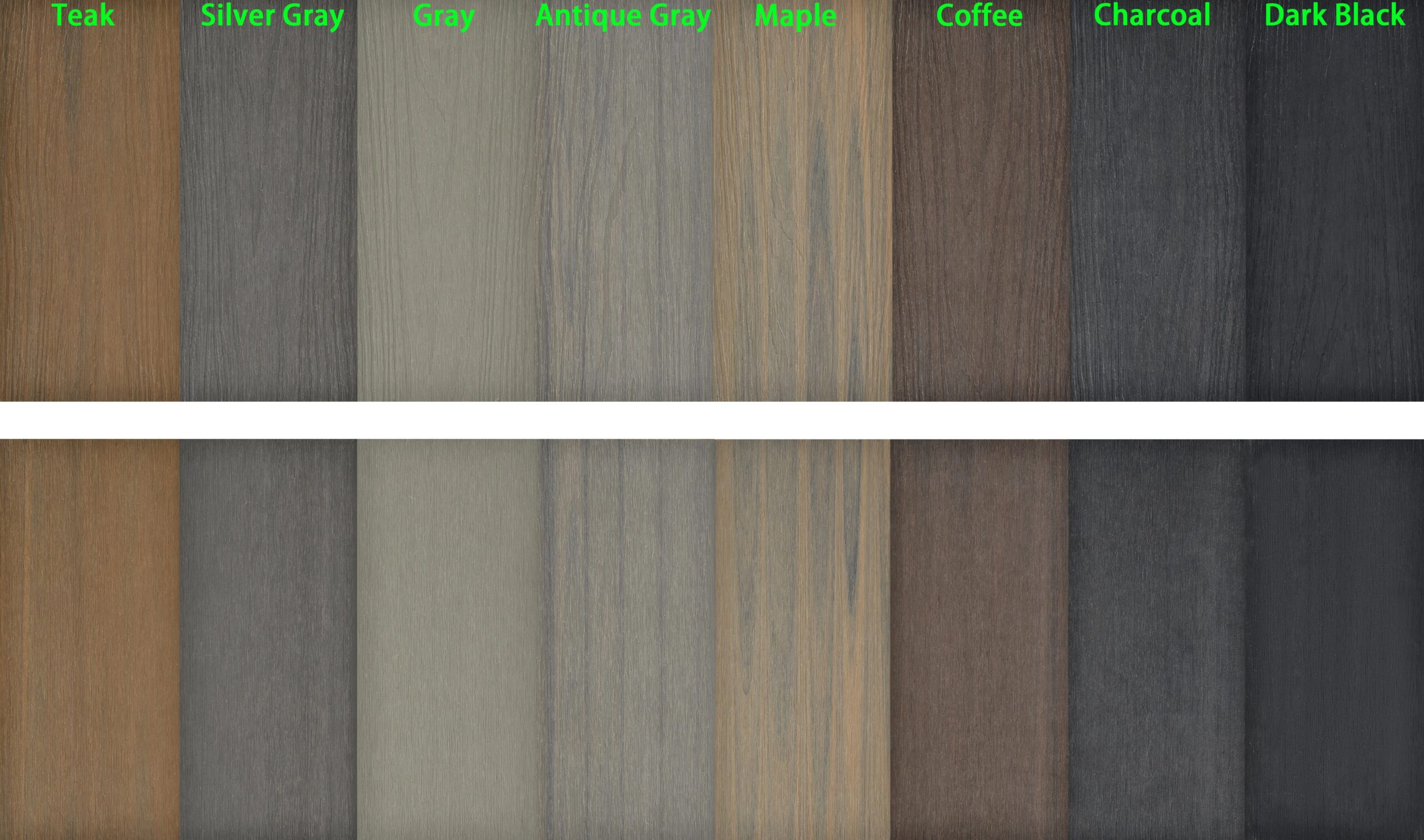
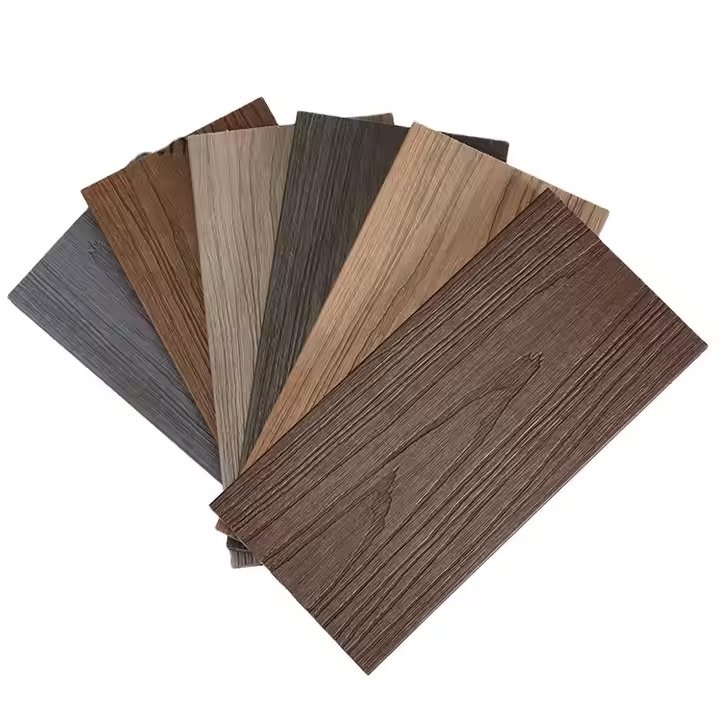
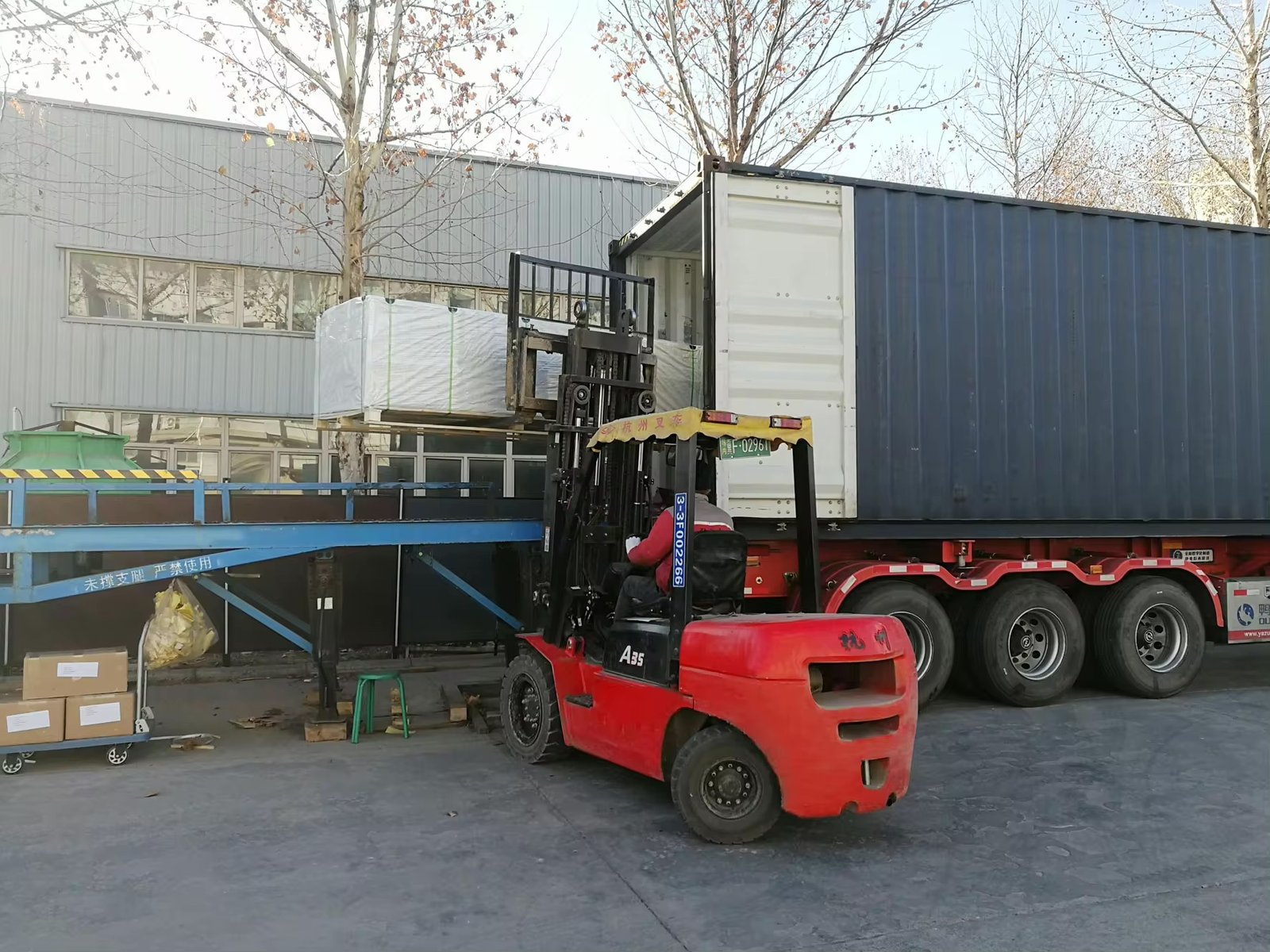
Why Choose Plastory?
Baoding Plastory New Materials Co., Ltd. is a manufacturer of decorative materials with over 9 years of experience and 56 separate production lines.
Currently, our annual production exceeds 30,000 tons, with products exported to more than 50 countries worldwide.
Plastory is the drafting unit of the WPC National Standards and has obtained certifications such as REACH, ASTM, CE, and FSC. Plastory is dedicated to maintaining consistent quality, focusing on details, and prioritizing customer satisfaction.
Our factory is located in Baoding, Hebei Province, China, with a prime location and convenient transportation access. Baoding is approximately a 1.5-hour drive from Beijing Capital International Airport and just 2 hours away from Tianjin Port, making it easy for global clients to visit and facilitating efficient shipping of goods. Our facility spans a large area, equipped with advanced production equipment and modern testing facilities to ensure that every batch of products meets the highest quality standards.
We warmly welcome clients from around the world to visit our factory, where you can see our production processes firsthand and experience our product quality. Please feel free to reach out to us—we are committed to providing you with the best products and services.
Kindly get in touch with us to request a product catalogue.

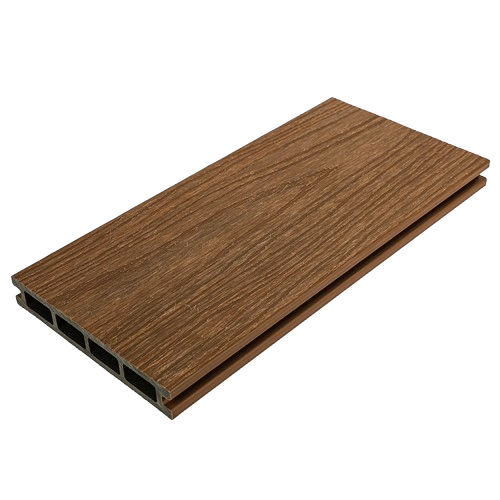
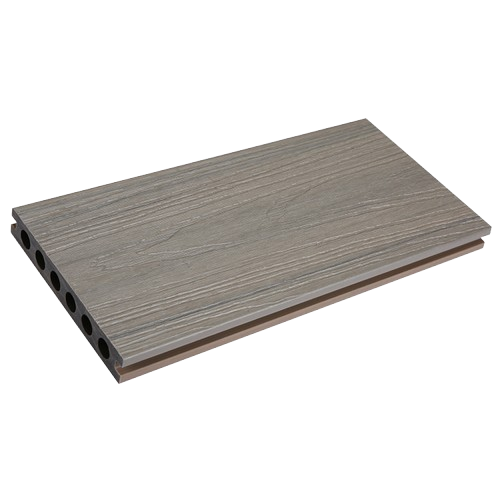
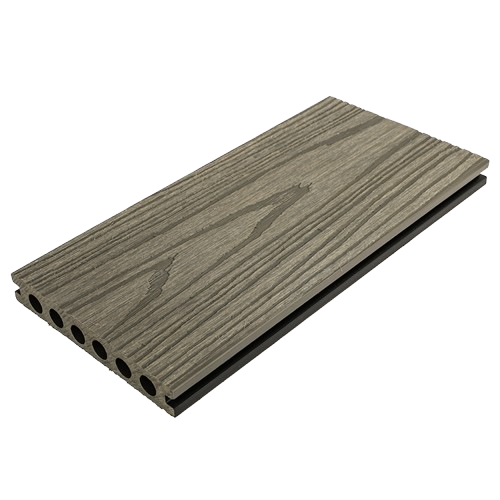
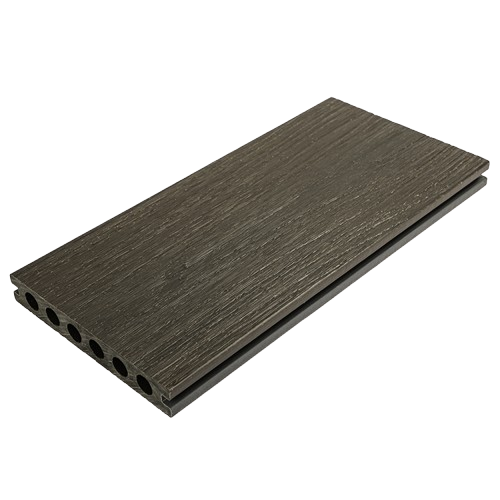
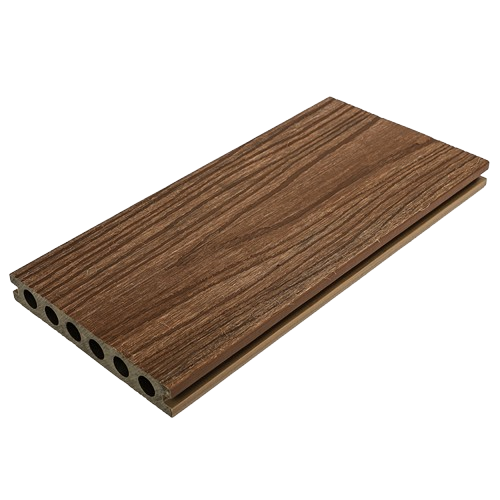
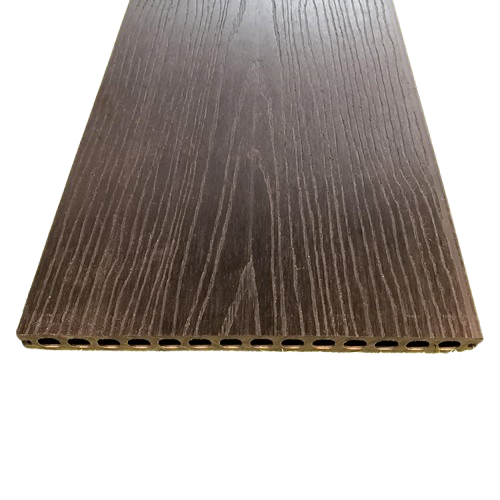
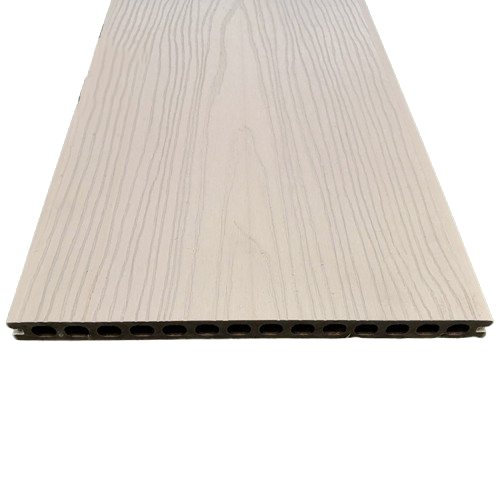

Reviews
There are no reviews yet.